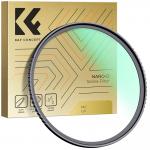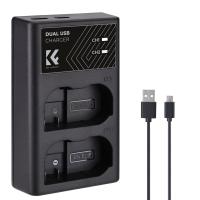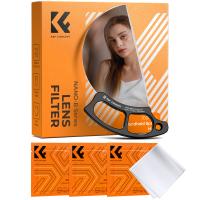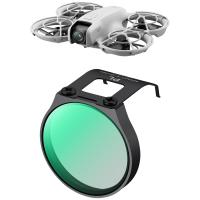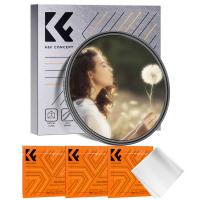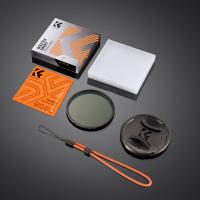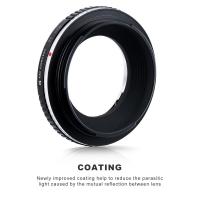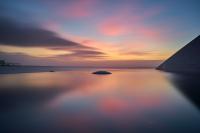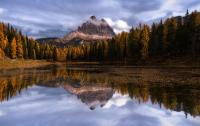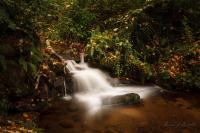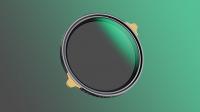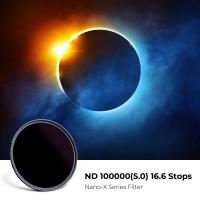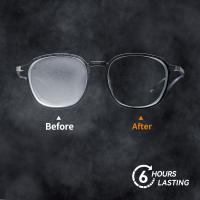Reviews
Protection without distortion
Nowadays, the biggest advantage of a UV haze filter is to protect the front element of the camera lens. There's also haze correction, but the need for film for blue reduction isn't the case with digital cameras. The bigger reason is that today's post-processing software can filter as much haze as the photographer desires, which no UV filter can do. The need for protection is real. Even if it means keeping the front elements of your lenses from getting dirty or splattered, these filters play a role. I was wearing this filter when I made a misstep and splashed into a small river that soaked the camera. I felt a lot better about my clumsiness knowing I wouldn't have to face the delicate chores of lens cleaning when I got home. However, a filter in the light path must be of high quality, otherwise the image will be degraded. I'm far from having a lab to test glass here. The best test I could think of was easy. I would take an identical picture with and without the filter and then compare to see if I have any issues. Yes, it's raw, but it's what I have. Please see the included image. To create this, I set the camera on a tripod, set the exposure manually as a best estimate, and then took two pictures — one with and one without this filter. I took the RAW images, randomly cropped a portion of one and pasted onto the other. Both are labeled. I then compared the two and focused on the area where they merged. I drew a black line at the approximate location of the join. I didn't do any post-processing. These are the RAW (DNG) images straight from the camera, converted to JPEG just for posting here. I did my best pixel peek on both images and didn't notice any distortion from this filter. In other words, it does exactly what I want it to and has now earned a spot on my lens.
06/05/2025
Related products
Guess you like products
Related articles
Guess you like articles

